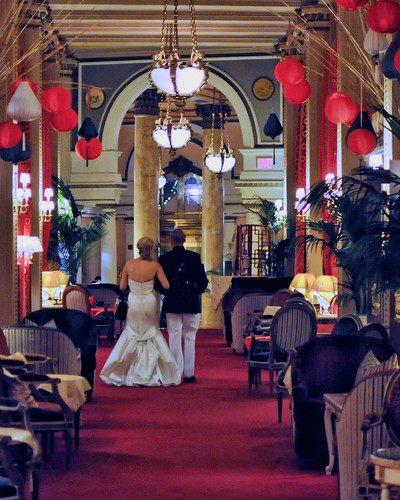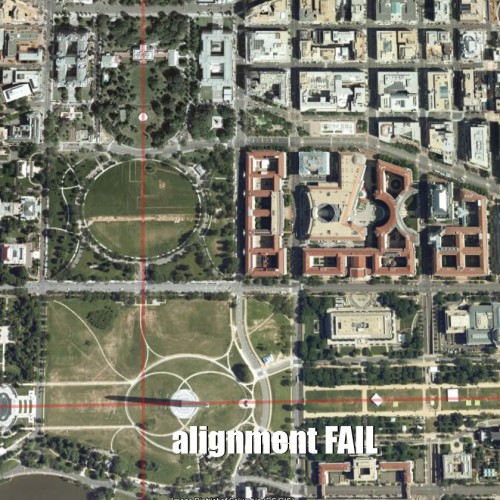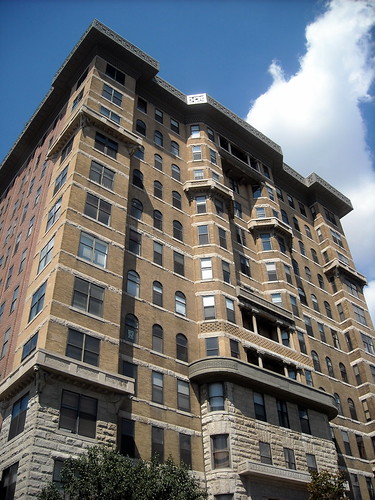While planning your big day can often seem daunting, First Class Functions will provide you with professional advice to help you know what is needed to make your special day everything you imagined.

Random Find
courtesy of Karon
The Social Chair returns to tell us all about finding a DC venue for a DC wedding.
After narrowing down the date for our wedding, Fedward and I began the long process of finding the perfect location. Alas, not enough of you voted for us to win a wedding, so our dream venue of the National Building Museum was quickly out of the running. What could be more DC than one of the locations of the Inaugural Balls?
There are a ton of resources for finding a venue in DC. Our best resource? Friends. DC is filled with event venues and wedding ballrooms. Ask around. Many businesses rent their spaces for private events. We joined forces with another recently engaged couple and shared Google docs with places we’d scouted after choosing our ring from the tungsten wedding rings for men collection.
Continue reading


